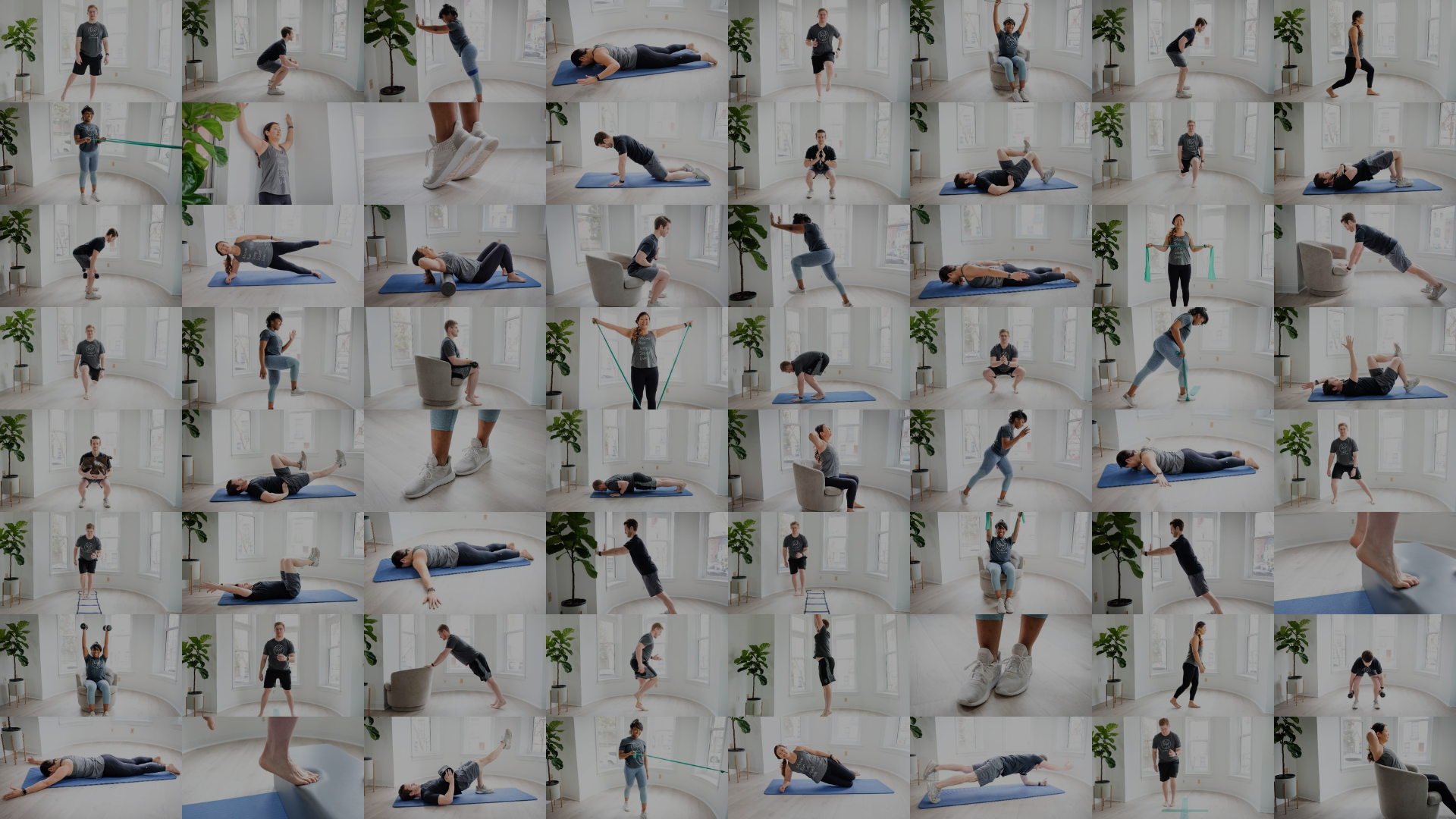
AgeProof Your Body – Exercise Library
Forward Lunge
Exercise Library > Forward Lunge
How To Do Forward Lunges
Forward lunges are just one lunge variation that involves a forward step, instead of a backwards step or sideways step, as in the case of reverse or lateral lunges.
Forward lunges are a great way to challenge single leg strength, as the front leg works to decelerate the body and propel it back up. Functionally, forward lunges can improve strength and mobility required for walking, running, and getting up from the floor.
Here are three options to get you started with Forward Lunges.
Level 1:
Forward Step
Level 2:
Mini Forward Lunge
Level 3:
Full Forward Lunge
Level 1
Backward Step
From a standing position, take a small step backward with one leg, ensuring a smooth transition of weight onto the back leg. Return to the starting position and repeat on the opposite side.
Level 2
Mini Reverse Lunge
From a standing position, take a slightly bigger step backward while keeping most of the weight on your front leg and some on the back leg, primarily on the toes and ball of your foot. Slowly lower your weight down into a lunge, then return to the starting position.
Level 3
Full Reverse Lunge
From a standing position, take a big step backward and lower yourself into a lunge as if you were riding an elevator downward. Weight can be distributed equally on both legs, though the front leg will do most of the work controlling your movement downward and driving you upward back to the starting position.
🟢 What You Should Feel:
Muscles working in your legs (glutes, quads, hamstrings) and core
🔴 What You Shouldn’t Feel:
Pain in the feet, ankles, knees, hips, or back.
📶 Progression Criteria:
Progress to the next level or add resistance when you can complete 20 reps without pain or fatigue.
More Variations & Progressions
Remember to consult with your individual doctor or physical therapist with specific questions or concerns regarding exercise.
Grab a dumbbell or two for an added challenge.
Want to learn more?
Join our online exercise community for individuals 60+ to learn more exercises and strategies for healthy aging from our team of movement experts.





